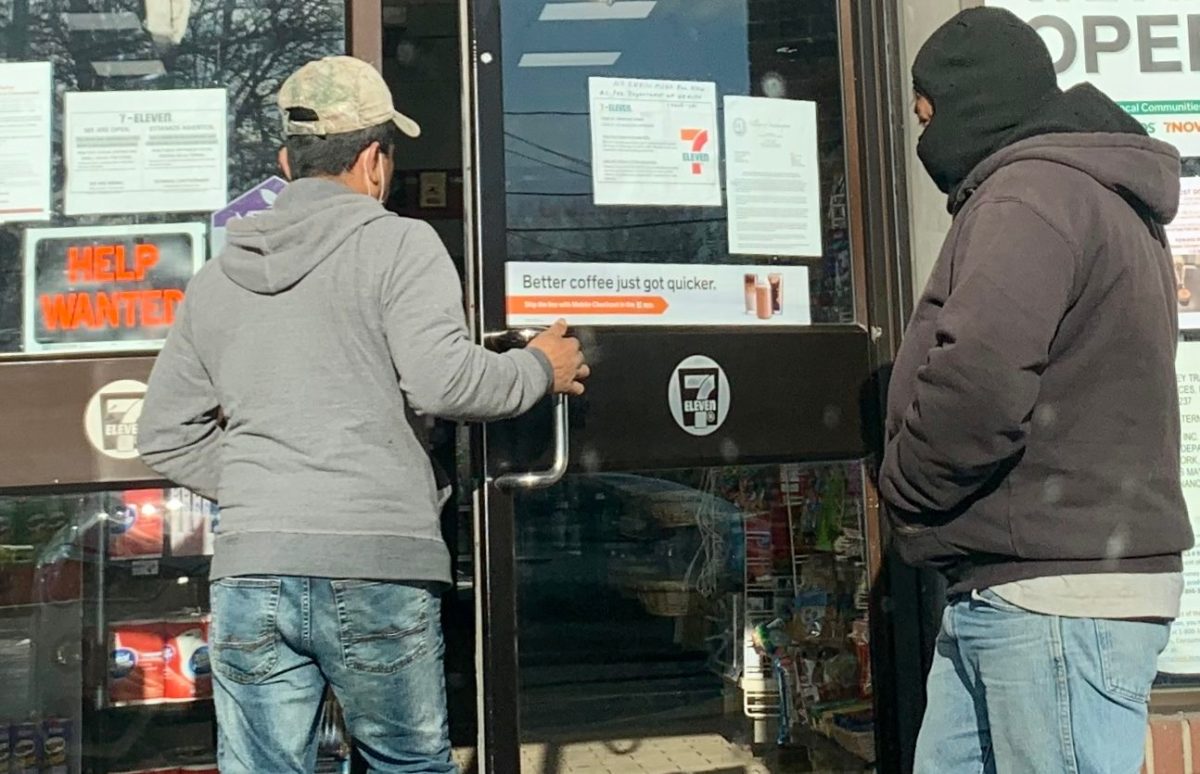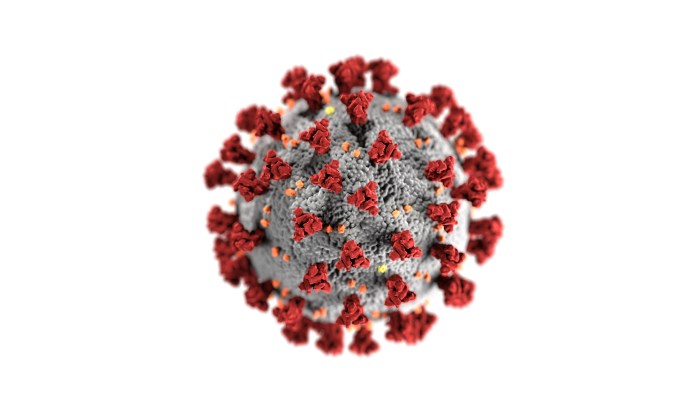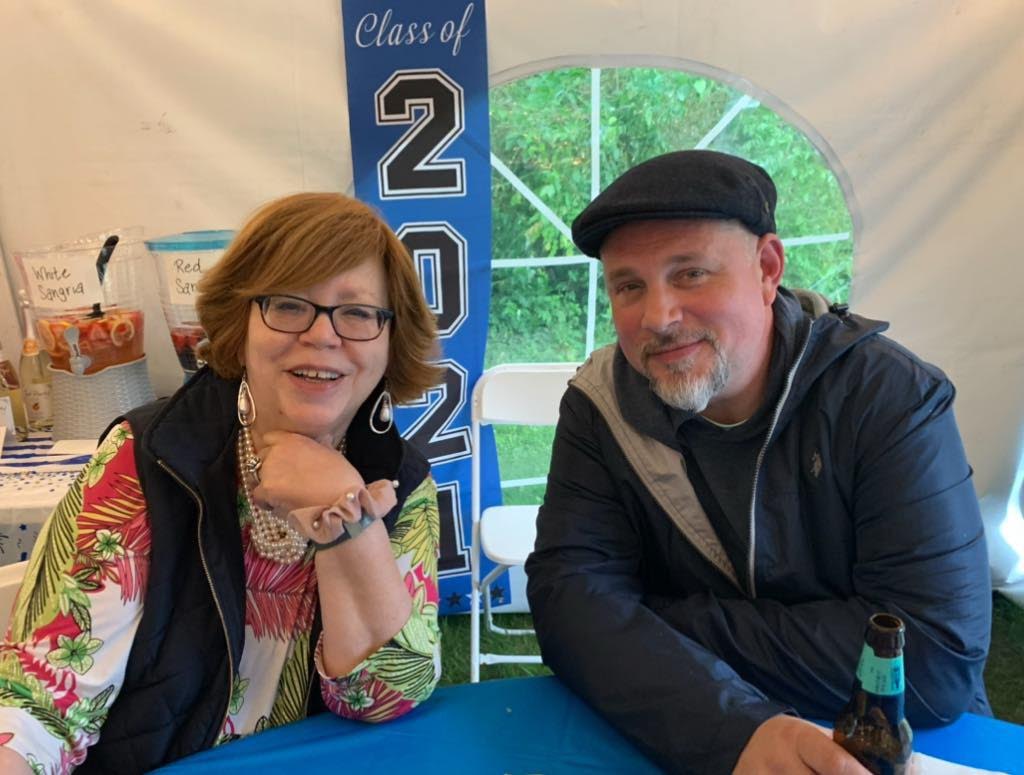Oscar G., a Hispanic day laborer living in Southampton, is certain that the coronavirus pandemic is just a fabricated lie used as an excuse to declare war on China, according to the conspiracy theory of a Colombian “influencer” that the 34-year-old worker follows on social media.
The Mexican immigrant, who along with dozens of other immigrant workers that daily await work outside a 7-Eleven located on the main avenue of the East End community, says that it is not necessary to take preventive measures against the virus, because as “someone who does not believe,” he has confirmed that out of all the people he knows, including people in states such as Indiana, Maryland, and Texas, no one has been infected, which makes him doubt the existence of the coronavirus even more.
“Here in this area of Southampton, I haven’t seen anyone infected,” he said. “Even the other day we went to the [Stony Brook South Hampton] hospital for information and they said that out of 70 persons who had gone in with the symptoms, no one came back positive after the test.”
However, recent data released by the New York State Department of Health shows a completely opposite story, revealing that Hispanics get sick and die of the coronavirus at much higher rates than non-Hispanic whites. This confirms what some health professionals already suspected, that the Latino community is being disproportionately affected by COVID-19.
“I don’t have numbers because unfortunately I don’t think the hospital keeps track, I can only tell you from my experience from looking at all the list from all the patients coming in, yesterday, out of the six people admitted overnight, five of them were Hispanic,” said a Stony Brook University Hospital who preferred to remain anonymous for fear of repercussions. “I would say that on an average probably 60 to 70 percent are Hispanic, which usually is not our normal demographic”.
Repercussions of ‘Infodemic’
According to experts from the World Health Organization, “infodemic,” or false information, can be as dangerous as any disease. In a global pandemic like the coronavirus, misinformation spreads rapidly, usually through social media, which can prevent official messages from effectively reaching the most affected communities.
“Even after weeks of saying this is a horrendous disease and seeing that tons of people are getting sick and the numbers are out of control, I’m still shocked that there is still so many people coming in newly infected, which means there is still a lot of lack of social distancing precautions taking place, and that really is to me the most alarming thing,” continued the Stony Brook Hospital physician. “I don’t know if part of it has to be a bigger effort on the local scale, local government, or local media. I think it needs to be everywhere; people need to be hearing it to the point that they heard it a million times in every language, including Spanish for this community.”
“You’ll get it, if you’re meant to get it”
Despite the fact that Oscar admits the need to constantly wash his hands, avoid contact with other people, and wear a mask and gloves, he insists that it still doesn’t help because “you’ll get it, if you’re meant to get it,” also citing the recommendations of two receptionists at Southampton Hospital, about “not believing everything the media says, much less the Hispanic media.”
Nonetheless, the doctor at Stony Brook Hospital maintains that the disease is very severe and is mostly targeting very young Hispanics.
“We see in the media that 80 percent of the people are going to have mild symptoms or asymptomatic or that if you are young just stay at home because you want to save grandma, but not really, if you are young, stay at home because you want to save yourself,” the doctor said. “(Specially) people in their 20s, 30s, and 40s going to work and thinking that they are invincible and cannot be affected by this.”
More outreach in Spanish
Meanwhile, in Suffolk County, where Oscar lives, outreach to the Hispanic community has been increasing through a new COVID-19 testing program and text messages in Spanish.
“We needed to do more so that’s when we started talking about developing what we call a hot spot testing program just for these communities where there is a higher Spanish speaking population and perhaps more difficulty in getting the messaging through about how to protect yourself and your family and how to reduce the transmission of this virus,” said Suffolk County Executive Steve Bellone. “That’s why we took the step in Suffolk County to go beyond the testing sites that the state had set up and set up our own mobile testing sites in immigrant communities where we are seeing the higher rate of infections.”
Still, Oscar, along with more than 40 day laborers who, like him, are anxiously awaiting the return of labor “so as not to starve” during this health crisis, continue to gather outside the convenience store, aware of keeping the mandatory social distance.
“Here in Southampton [the town] visited us house by house with five sheets that are in English and Spanish that said to stay home if it was not necessary to go out,”he said. “Some abide by it and most do not. I have friends who have been quarantine in their homes for weeks while I am not doing anything … and nothing has happened to me.”
This story first appeared in Noticia Long Island






























